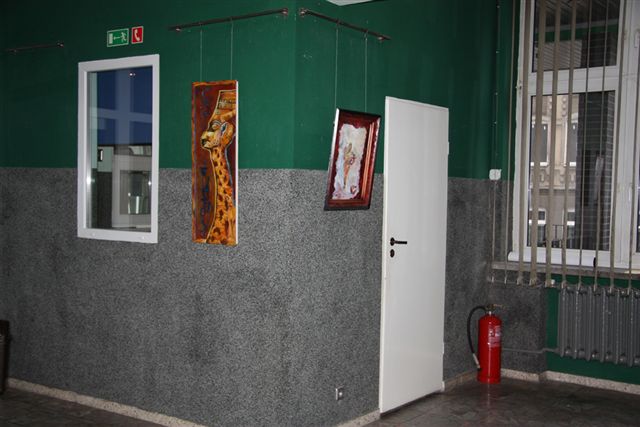During the medieval period, coins were an crucial part of trade, used not only for commerce but also as a symbol of power. The design of medieval coins often reflected the personality of the ruler who commissioned them, making them a important source of information for historians. Coins could serve as a marketing device, showcasing the ruler's accomplishments and even ancestry.
Medieval coins also featured a wide range of designs, from the lavish decorations of Byzantine coins to the elaborate designs of the Holy Roman Emperor's coins. Some coins even bore the image of the ruler's beloved idol, reflecting the strong bonds between the Church of the time.
One of the most important aspects of medieval coins is their value, and the systems used to mint them. In the early Middle Ages, coins were often made from a combination of precious metals, such as gold, silver, and electrum, with the exact composition varying depending on the location and the ruler issuing the coins. As commerce expanded and the economy grew, new denominations were introduced, and the systems of minting and valuation were refined.
The use of medieval coins for financial dealings was also an area of significant evolution. For example, in 9th-century England, the use of the penny as a common currency helped to simplify trade and establish a standardized system. The widespread adoption of coins like the penny and the farthing enabled traders and businesswomen to correctly calculate prices and exchange goods.
Today, medieval coins remain an vital part of our heritage, appreciated by collectors and experts alike for their historical significance. Exhibitions around the world showcase stunning collections of medieval coins, offering a sight into the intricate web of past societies. Whether used for financial transactions, power, or art, medieval coins continue to captivate our interest, and アンティークコイン投資 shed light on the complexities of history.

As enthusiasts, we can continue to reveal the secrets and enigmatic histories hidden within these vintage coins. By analyzing the layout, the substances used, and the epigraphy on the coins, we can reconstruct a more complex understanding of the past. We can learn about the lives and hobbies of medieval rulers, the artistic trends of the time, and the delicate systems that governed the economy.
The world of medieval coins is comprehensive, and delicate, but one thing is obvious: these small, circular pieces of metal hold within them a wealth of information and significance that continues to inspire and fascinate us. Whether you are a scholar, an enthusiast, or simply a curious individual, the world of medieval coins is an alluring one that invites consideration, examination, and a more profound understanding of our varied and varied past.


